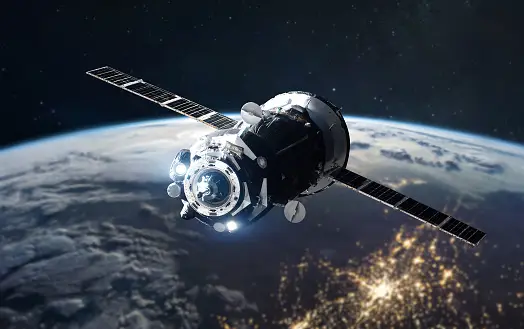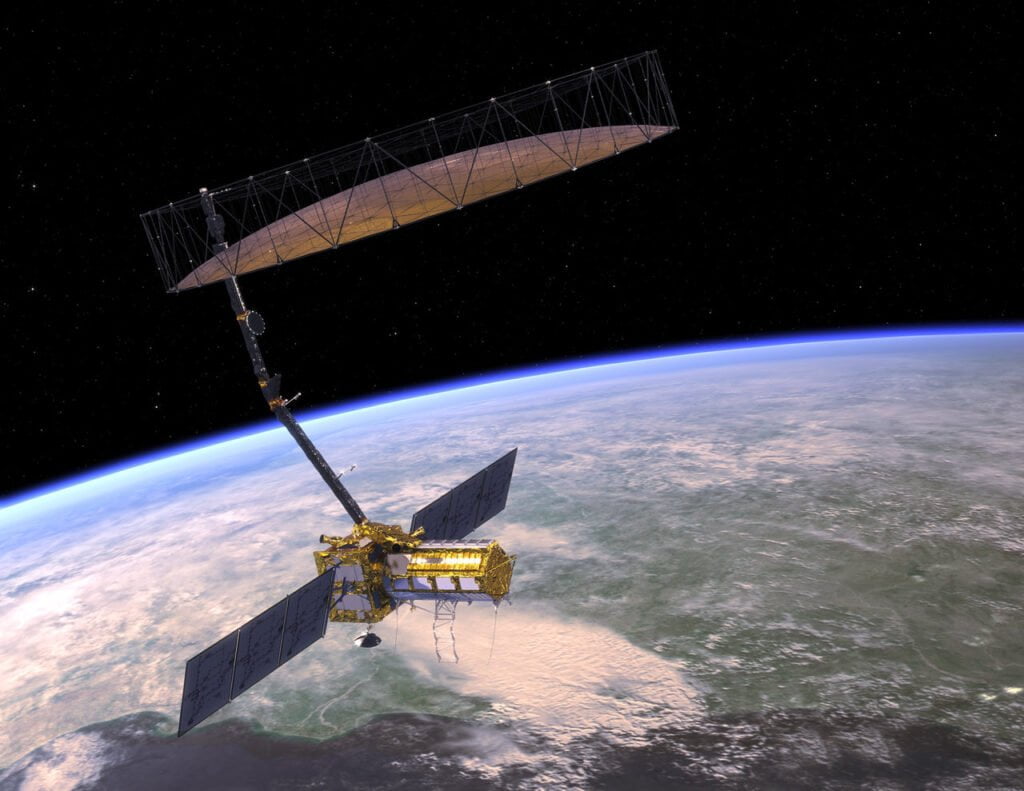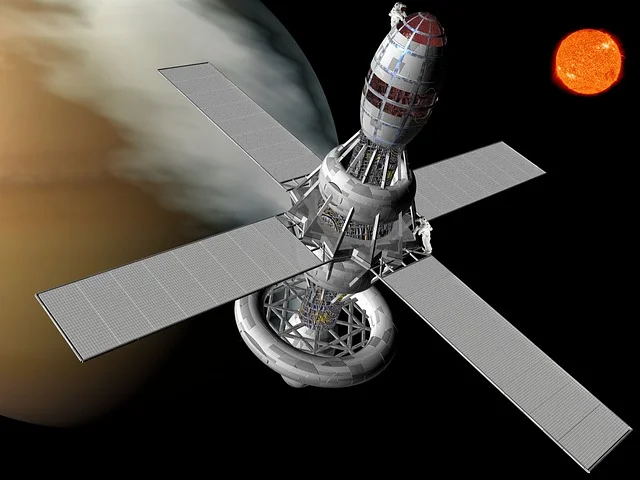ISRO Coming with XPoSat, INSAT-3DS, and NISAR- featuring the XPoSat polarimetry mission, the INSAT-3DS climate observatory launch, and the collaborative NISAR mission with NASA.
Three significant missions are set to unfold, showcasing India’s prowess in space exploration. Witness India’s flourishing space odyssey.

ISRO Coming with XPoSat on January 1, 2024
ISRO is gearing up for a momentous start to the New Year with the launch of XPoSat, India’s first polarimetry mission, on January 1. This marks India’s third space-based observatory, following the recent successful launches of the solar mission Aditya-L1 and AstroSat in 2015 and Chandrayaan-3 in 2023.
XPoSat, short for X-Ray Polarimeter Satellite, is a pioneering mission designed to study bright astronomical X-ray sources in extreme conditions. Developed in collaboration with the Ramam Research Institute (RRI) in Bangalore and the U R Rao Satellite Centre (URSC), XPoSat’s payload, consisting of the POLIX (Polarimeter Instrument in X-rays) and XSPECT (X-ray Spectroscopy and Timing) instruments, will study 40 bright astronomical sources of different categories.
Positioned in a circular low Earth orbit at an altitude of 500–700 km, XPoSat aims to unravel the complexities of celestial objects and enhance our understanding of X-ray emission processes. With a planned lifetime of about 5 years, this mission will contribute valuable insights into the emission mechanisms from various physical processes, solidifying India’s position in the field of space exploration.

ISRO Coming with INSAT-3DS: January 12, 2024
Scheduled for launch on January 12, 2024, the INSAT-3DS satellites are set to launch on a significant mission aboard the Geosynchronous Launch Vehicle (GSLV-F14). This collaborative effort between ISRO and the India Meteorological Department (IMD) is geared towards elevating climate observatory capabilities.
INSAT-3DS, an integral component of the Indian National Satellite System (INSAT), is designed for enhanced meteorological observations, monitoring land and ocean surfaces, and generating vertical profiles of the atmosphere for weather forecasting and disaster warning.
Commissioned in 1983, INSAT, positioned in Geostationary orbit at an altitude of ~35,786 km and located at 82° East, is a pivotal communication system in the Asia Pacific Region. The three-axis stabilized geostationary satellite features two meteorological instruments—a six-channel Imager and an IR Sounder. With its expansive capabilities, INSAT-3DS promises to contribute significantly to India’s meteorological and communication infrastructure in future.

NISAR: Late February or Early March 2024
Scheduled for launch in late February or early March 2024, India’s collaborative project with NASA, the Nasa-Isro Synthetic Aperture Radar mission (NISAR), is set to redefine Earth observation. Positioned in low Earth orbit, NISAR is designed to comprehensively map the globe, offering consistent data on Earth’s ecosystems, ice mass, vegetation, and natural threats.
The mission’s applications extend to observing sea ice characteristics around India’s Antarctic polar stations, detecting marine oil spills, and disseminating spill locations during accidental oil seepage. With a total cost of USD 1.5 billion, making it the world’s most expensive Earth imaging satellite, NISAR marks a significant milestone in international space collaboration.
As ISRO and NASA join forces, the NISAR mission heralds a new era of scientific exploration, encompassing a three-year mission duration to unravel the complexities of our planet.

ISRO Coming with XPoSat INSAT-3DS and NISAR and Many More in 2024
As ISRO continues to push the boundaries of space exploration, 2024 promises a flurry of exciting missions. Spearheading these projects is the Gaganyaan programme, set to launch in 2025, aiming to send four astronauts on a three-day mission into space. ISRO, fresh from the success of Chandrayaan-3’s historic landing near the Moon’s south pole, is tirelessly developing the required technology.
The Human Space Flight Centre (HSFC), a key player in the Gaganyaan initiative, is focused on ensuring reliability and human safety in R&D activities, covering areas like life support systems, human factors engineering, bioastronautics, crew training, and human rating & certification. Amid these human spaceflight pursuits, ISRO is gearing up for other ambitious missions.
One noteworthy mission on the horizon is the Venus Orbiter Mission, Shukrayaan-1, scheduled for launch in December 2024 or 2025. This marks India’s maiden venture to study the planet Venus. Additionally, the Mars Orbiter Mission 2 (MOM-2 or Mangalyaan-2) is in the pipeline for 2024, with an enhanced scientific payload. These missions underscore ISRO’s commitment to comprehensive planetary exploration.
A significant highlight is the NASA-ISRO Synthetic Aperture Radar mission (NISAR), slated for liftoff in late February or early March 2024. This joint Earth-observing mission between NASA and ISRO, with a total cost of USD 1.5 billion, promises invaluable insights into Earth’s ecosystems, ice mass, vegetation, and natural hazards. The mission’s capabilities extend to observing sea ice characteristics and monitoring changes in diverse environments.
Furthermore, ISRO’s ambitious lunar exploration program continues with Chandrayaan-4 in collaborative operation with Japan, which aims to bring back Moon rocks. The Spadex mission adds another layer of sophistication, involving two spacecraft, the Chaser and the Target, representing a significant leap in India’s space exploration capabilities.
As ISRO navigates this cosmic odyssey, the organization remains dedicated to pushing the boundaries of scientific discovery. The upcoming year is poised to witness a tapestry of missions, blending technological innovation, scientific inquiry, and a bold vision for the future of space exploration.
Source: ISRO Future Missions



For more latest trendy news like this visit our Latest News page. Please visit our Contact Us page in the footer menu to contact us. You can check out our Best Deals page for various needy offers and deals of the day. To know more about us visit the About Us page in the footer menu. You can also read our Disclaimer, Affiliation Disclosure and FAQs page in the footer menu. You can also find the Webstory Page in the footer menu to see our latest published web stories.
